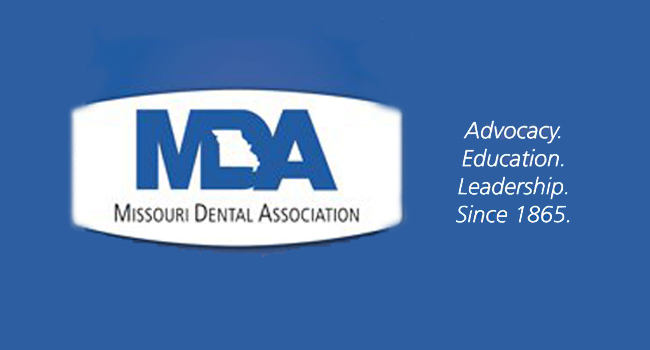ST. LOUIS — As she nears one year mark as president of the Missouri Dental Association (MDA), Dr. Lynne Barbour has helped accomplish goals to improve dental care in the state. Her passion for the dental profession led her to take over the role in November 2012 and ever since, she’s experienced highs and lows in the Missouri legislature.
A major highlight for Barbour and the MDA came when Gov. Jay Nixon signed a bill which expanded assistance for children to receive sealants and fluoride varnish.

“We were very happy with that because if we can allow assistance to the sealants and the fluoride varnish, then we’ve got more man power to see more kids and get them access to care,” Barbour said.
Sealants are essential for dental care at an early age, Barbour said, and an untreated mouth can cause tooth aches and tooth infection.
“If we’re talking about children, not only do they have an infection in the body, but they’re missing time at school. They’re not going to be able to concentrate if they have tooth aches,” Barbour said. “If they have a really bad infection or swollen jaws, then of course they’re going to be missing school to get those problems figured out.”
Another victory, Barbour said, was the passing of SB 127, nicknamed the “Carve Out” bill. The bill gave MO HealthNet permission to start a “statewide dental delivery system to ensure recipient participation and access to providers of dental services under MO HealthNet,” according to the association’s website. Barbour said a beneficial aspect of the bill was that it improved the organization of the “administrative side of the dental Medicaid system” and lessened administrative costs.
“The dental Medicaid system in the state of Missouri is really complicated,” Barbour said. “And some parts of the state they have what we call third party fairs. We thought if we could eliminate some of those administrative costs and streamline it…or help streamline that process so that we’re not wasting so much of the state tax dollars on administrative costs and that will go more towards care.”
Barbour said the association has two major missions ahead. One: for Missouri leaders to agree to hire a state dental director. House Bill 613 was introduced during the 2013 legislative session and read for a second time but didn’t go past that point. Under the bill, the Bureau of Dental Health must create a dental health awareness program and hire a Director of Dental Health to supervise that program.
Although unsuccessful with this mission, Barbour said the Governor’s office has been cooperative in finding a solution. She added an option the MDA has contemplated is private funding to help pay for a state dental director position.
“Unfortunately without a state dental director, the state of Missouri loses out on lots of federal funds for helping local communities with fluoridation efforts or with access to oral care — just a host of things that have to do with oral health and citizens in the state,” Barbour said.
The other priority initiative is to better reimburse dental providers giving care to Medicaid patients. She said those providers are reimbursed 34 cents to the dollar.
“It’s not even at a breakeven point,” Barbour said. “We believe if we could improve those reimbursement rates, we could get more providers in the state and increase access to oral care for those in the population that need it.”
Brittany Ruess was a reporter for The Missouri Times and the SEMO Times, and a graduate of Webster University.



